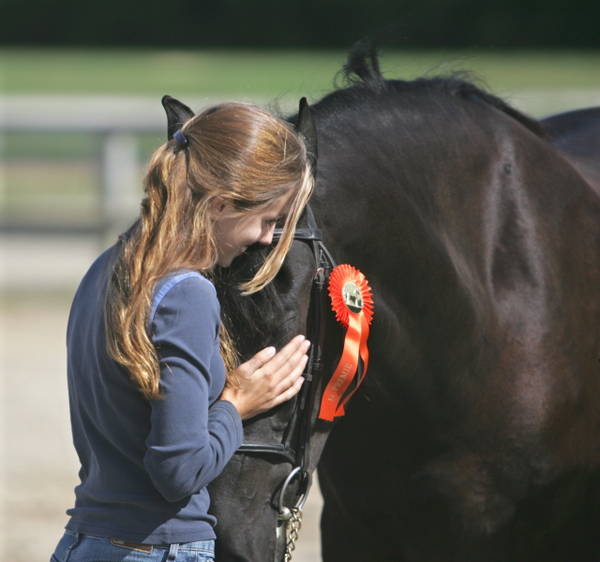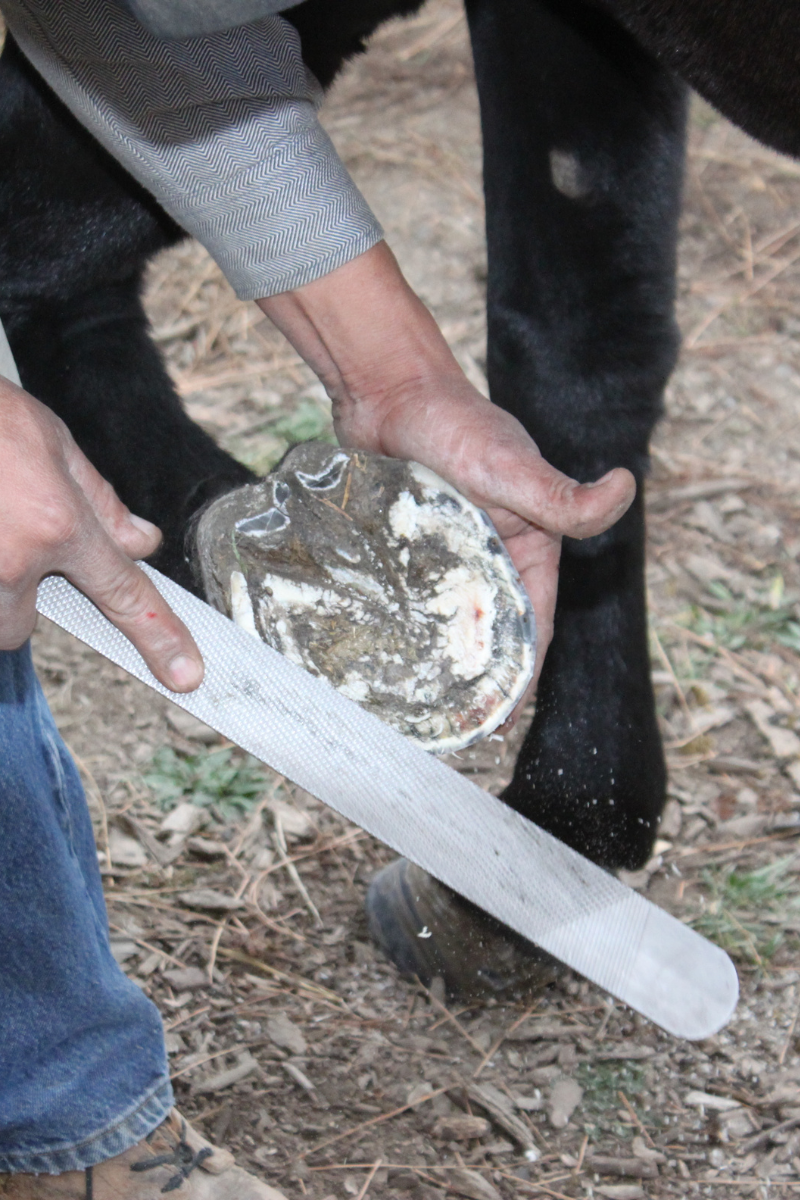Good farrier manners are essential, no matter what type of horse you own. Horses lacking the manners or training to stand for the farrier can even be dangerous. Your horse should stand quietly for your farrier and allow each of his hooves to be lifted off the ground to be trimmed or shod.
But this can be difficult, especially for foals and young horses. After all, standing on three legs isn’t natural and can even be uncomfortable. And if your horse has had bad experiences in the past, it can be tough to reestablish manners and boundaries. That’s why it’s so important to start teaching foals farrier manners while they are young! While it will require lots of time and patience, it’ll be worth the investment for both you and your farrier! Here are some important aspects to consider when teaching your foal farrier manners:
Start Farrier Training Early
When it comes to handling foals, it’s rarely too early to get started. This also applies to handling their hooves. Many vets recommend beginning to handle foals as early as one week old.
Provide Boundaries
Establishing respect with your foal is crucial. It’s easy to bend the rules and lack discipline with these adorable youngsters, but holding firm boundaries from the start will pay off in the long run. After all, discipline is an important part of a natural herd, and foals that try to push boundaries are quickly put in their place by the dominant horse.
So, foals also need to learn to respect people. They must understand that biting, kicking, pawing, or throwing a fit are not allowed when you pick up a foot.
Handle Your Foal A Lot
Desensitizing your foal to being touched everywhere and handled often is an important first step to teaching farrier manners. As you touch your foal over his body and legs, make sure to go slow. It’s important to make this a positive experience; rushing it could make him anxious! If this happens, take a break where you are and begin again once he settles and accepts your touch.
Practicing foal handling should become a part of your daily care routine. This consistency will help build trust and normalcy around handling and touch as you begin to teach farrier manners.
Find a Safe Place
When your foal is comfortable being handled and allows you to start picking up his feet, you must be in a safe and comfortable space. First, be sure that your foal is in a comfortable position for him to balance on three legs. Remember, setting your foal up for success is crucial in the beginning!
You can also set yourself up for success by placing your foal in a space that doesn’t provide an opportunity for him to escape or struggle. An example of this could be putting him next to his mother or against a wall. That way, it’s easy for your foal to balance on three legs with something to lean on.
It’s also a good idea to expose your foal to the farrier as much as possible to show him that it’s not a big deal. When the farrier comes to work on other horses, bring your foal nearby to expose him to the sights and sounds of farrier work.
Start Farrier Training Slow
One thing is for sure when teaching foals farrier manners—don’t ask for too much too soon! Foals have short attention spans and tend to lack patience. Start slow and gradually lengthen your farrier manners training sessions.
Once your foal gets used to balancing himself, try holding them for a little longer. When he tries to take it away, hold his hoof gently until he relaxes. Your foal must understand that you decide when to put the hoof down.
When you put these ideas into practice, you’ll be well on your way to having the best-behaved foal around on farrier day!

I’ve been around horses my entire life, but my Friesian journey started just over 20 years ago. Our horses have always been a part of our family. They have traveled with us as we relocated from Vermont to New York to Iowa and finally, to Arizona. I can’t wait to share our story with you!
Related
Jul 11, 2022
Teaching Your Foal Farrier Manners

Leave a Reply Cancel reply
@starlitridgefriesiansandfells
LET'S BE FRIENDS ON INSTAGRAM